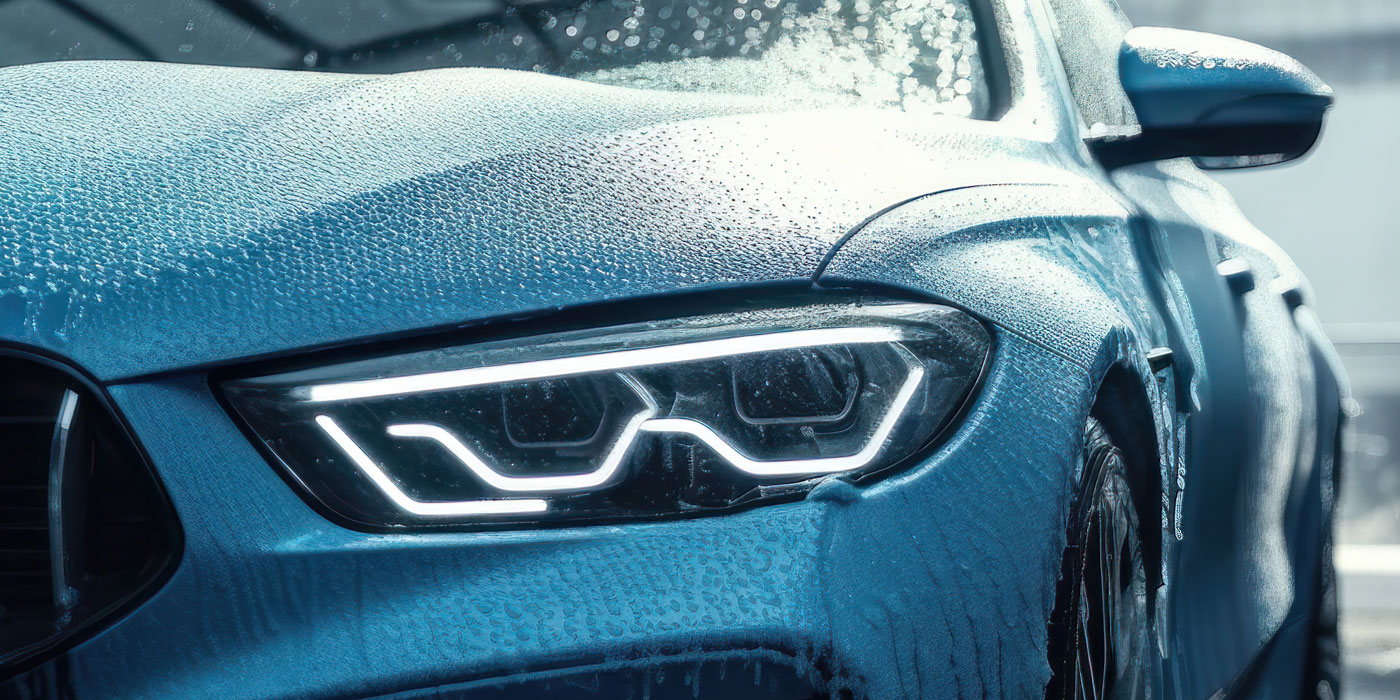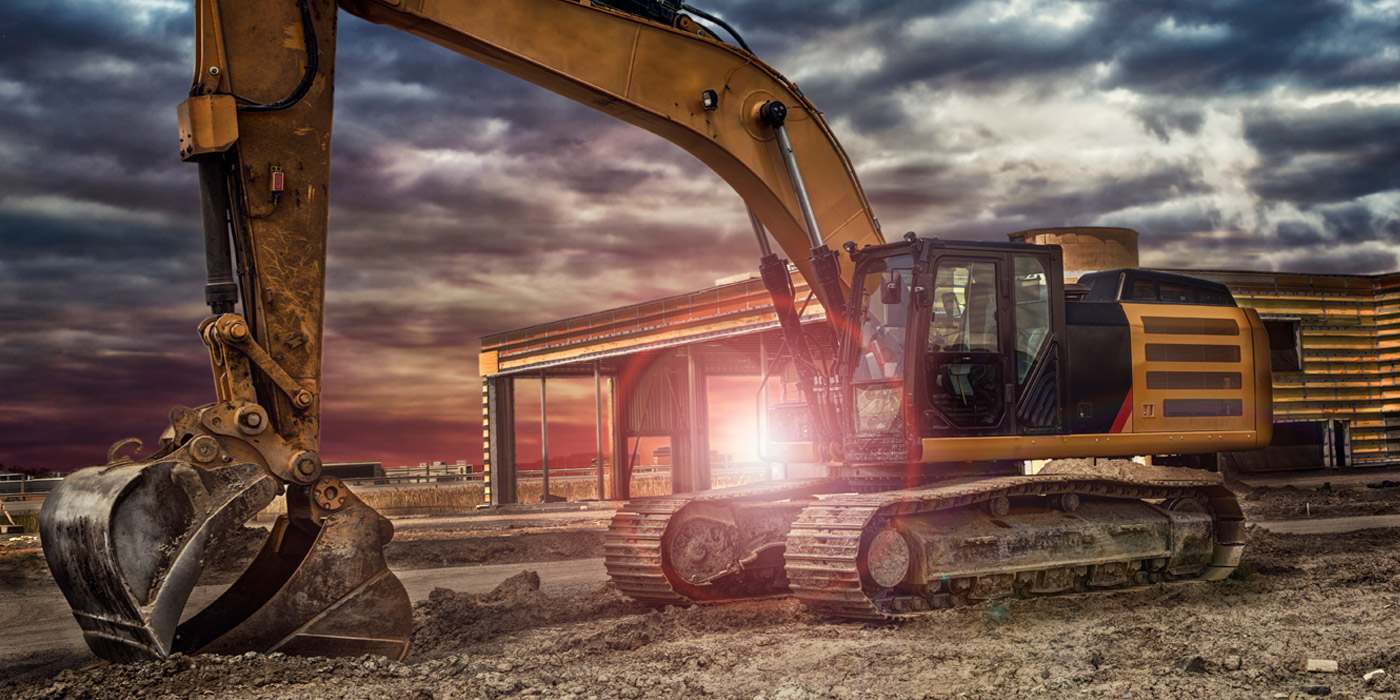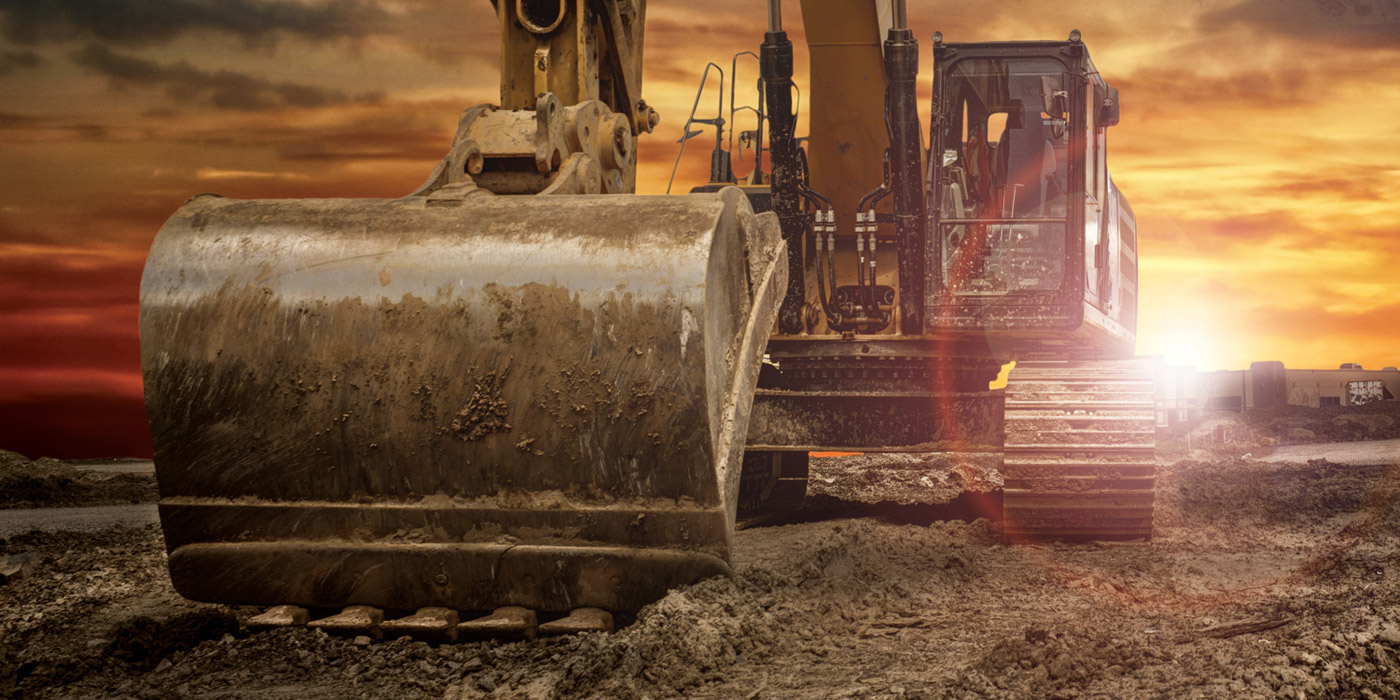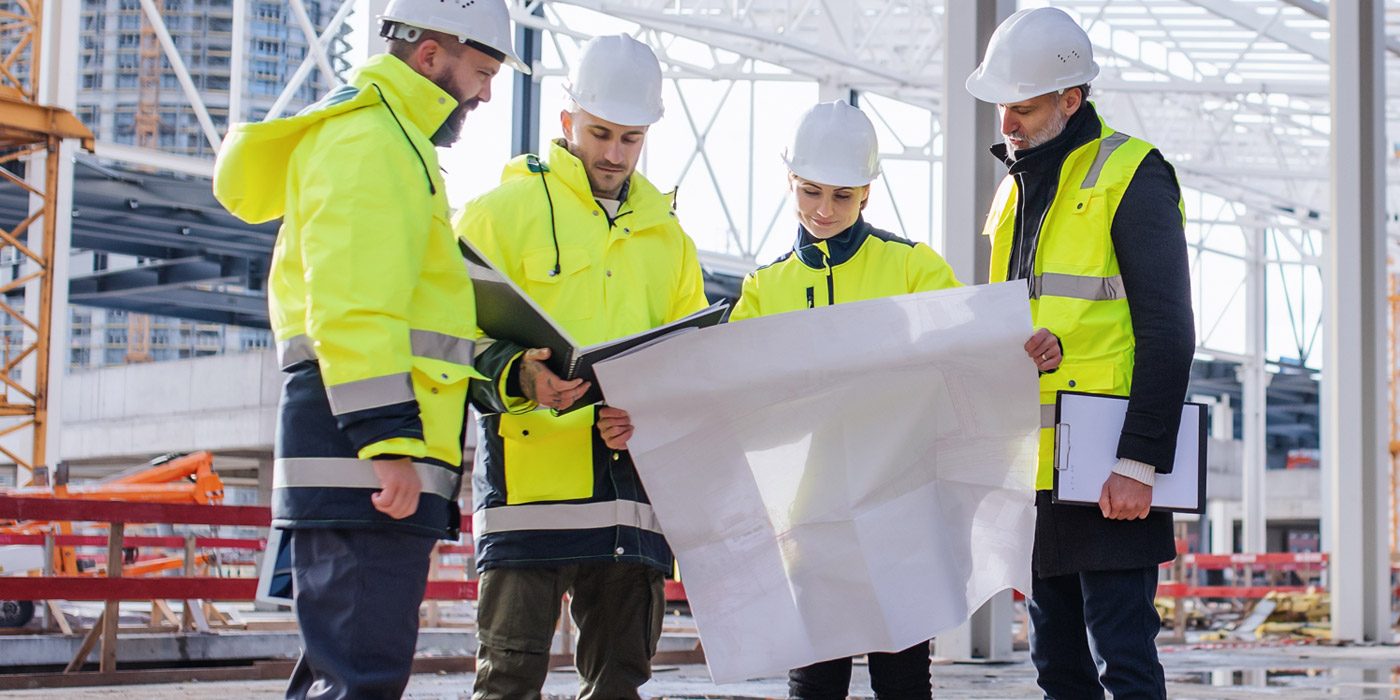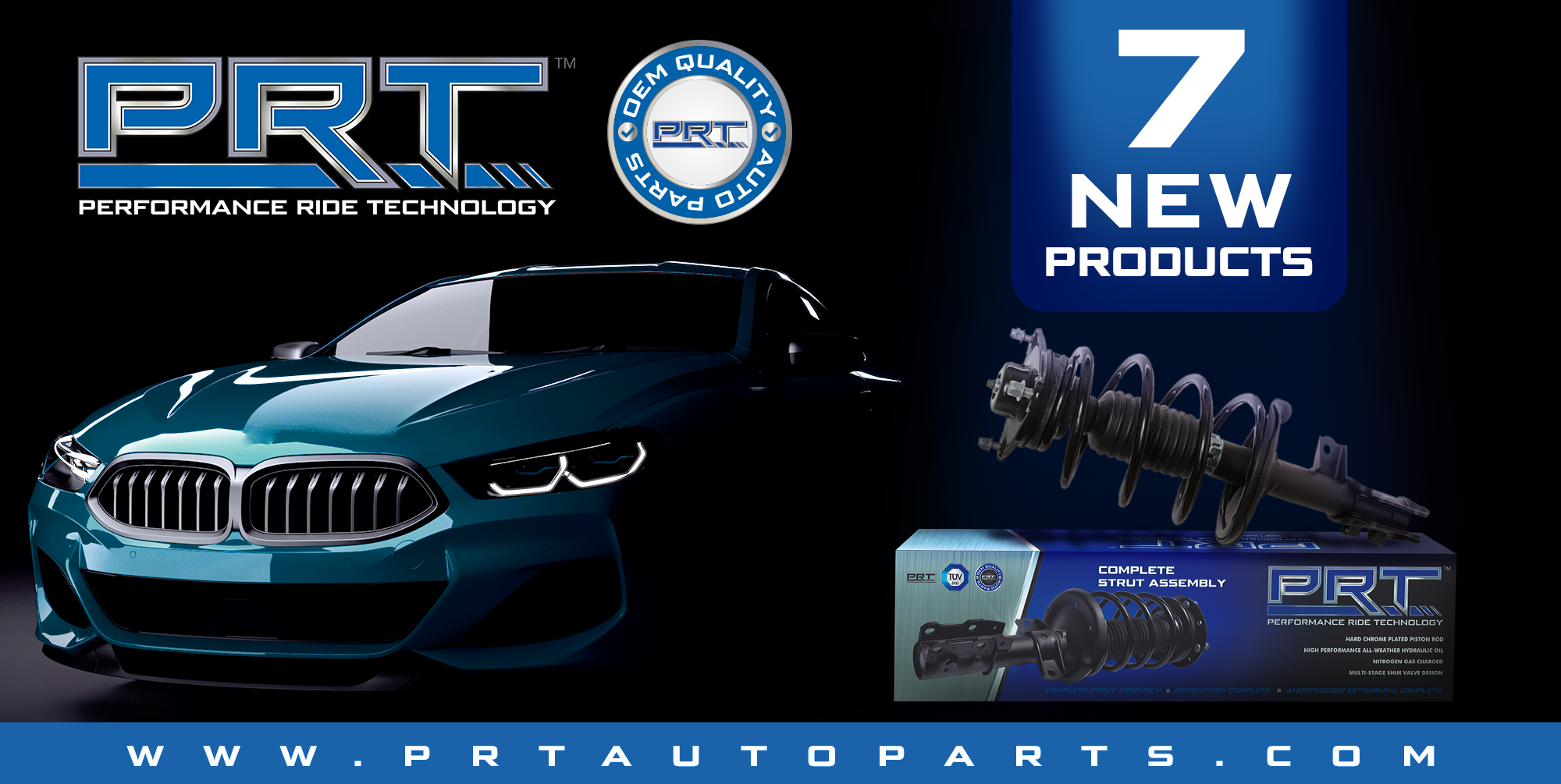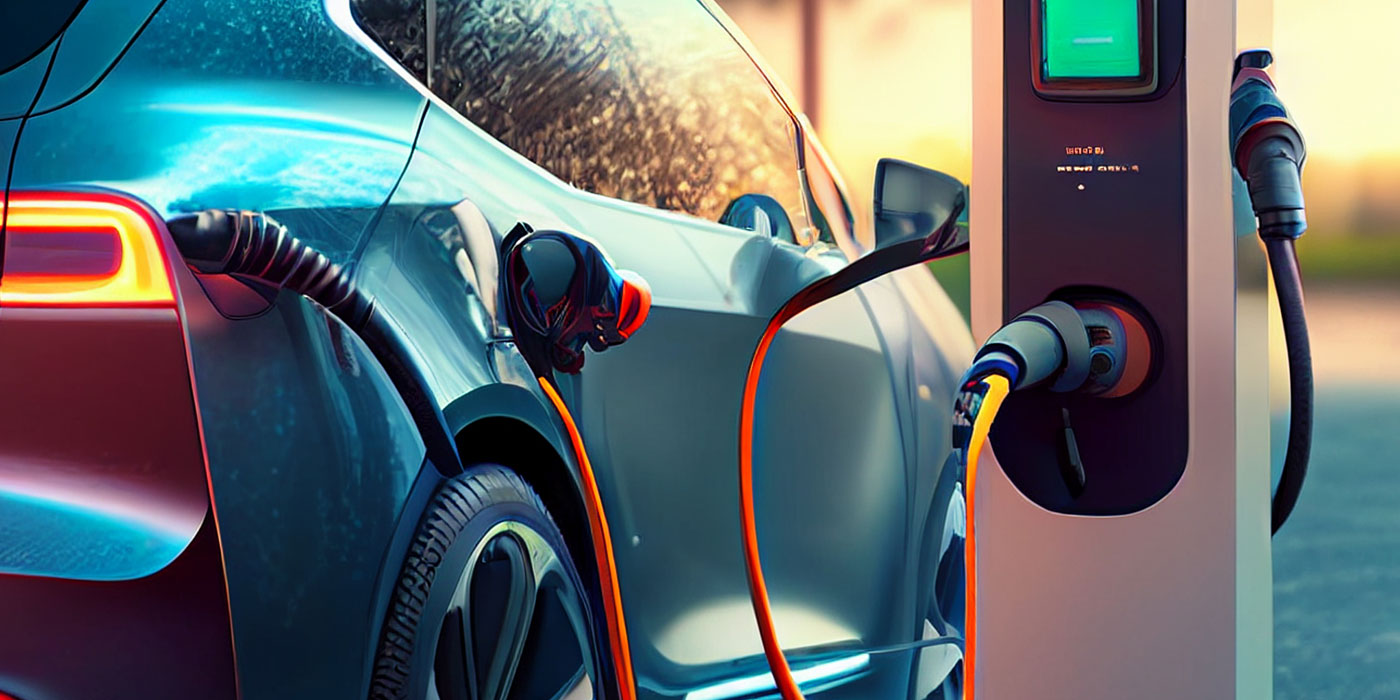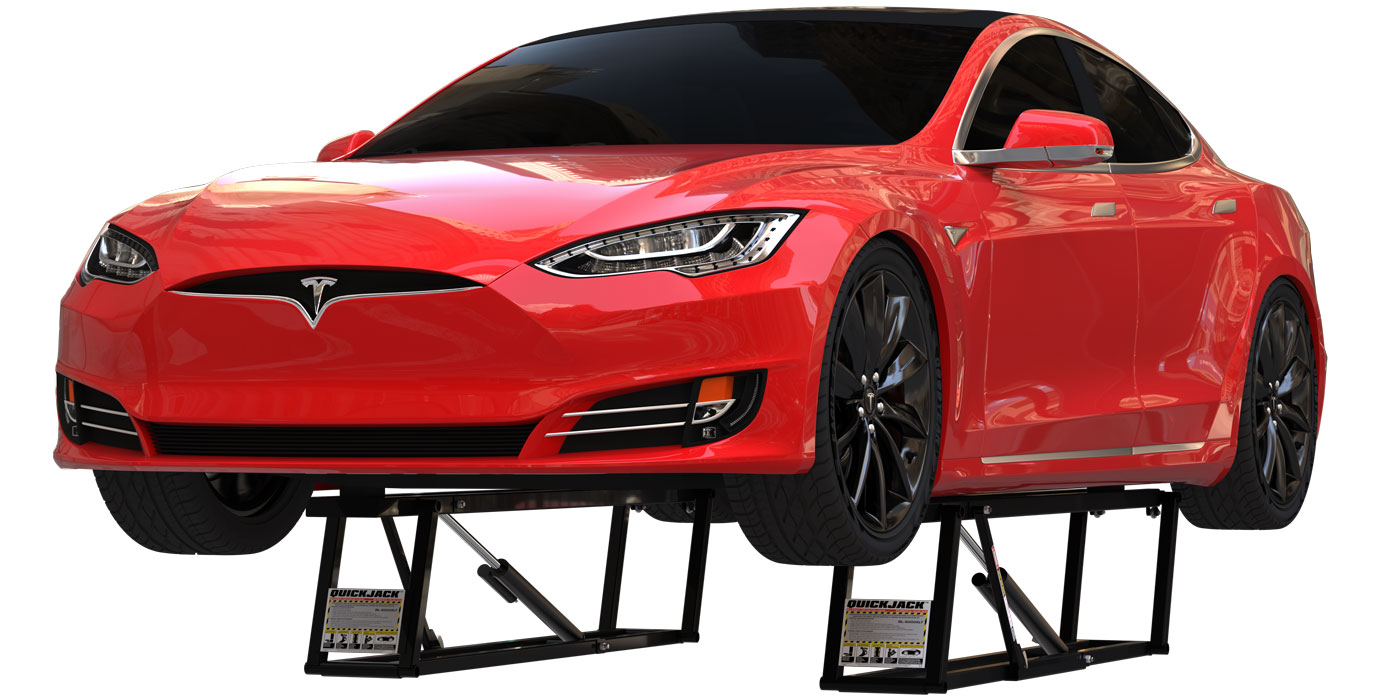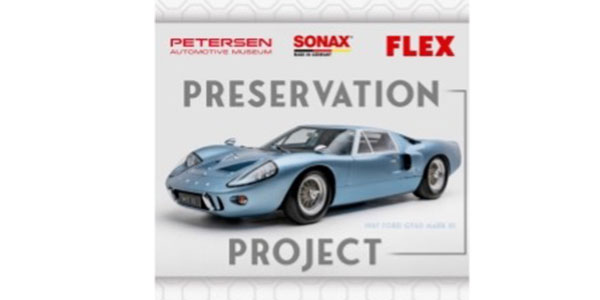Now that you're looking to start a new carwash business, you might want to know a bit about its history so that you can seem like a true expert when talking to customers, the media or suppliers, manufacturers, or others in the industry.
For starters, automatic carwashing was invented over 65 years ago by the Studebaker brothers in Detroit, MI. Most of the carwashing legends came, at one time or another, out of the Midwest.
Back then, cars were pulled by their bumpers through the wash as employees, armed with mitts, washed them as they passed by. Even today, scrubbers that wash the tops of cars are known as “mitters.” In general, these carwashes were part of the complete service centers which also sold gasoline, repaired cars and performed oil changes, etc.
The hook conveyor was dangerous and occasionally took off some fingers, so it was replaced with more modern conveyors that used moving tracks. In the 1960s and 1970s, the wash process was increasingly automated, and cars were washed with plastic bristles. Bristles went out of favor because they could scratch a car’s surface which had become softer at that time.
Eventually, cloth became dominant at the carwashes.
Self-service develops
A whole new type of automated carwash developed in the 1960s and 1970s. Self-serve carwashing debuted as a do-it-yourself automatic wash option where customers used spray guns or brushes to clean their cars.
Other services available at self-serve washes included shampooers, fragrances, spot-removers, foam treatments, tire-cleaner and spot-free rinses. Other sales opportunities on self-serve sites included product vending and paid vacuums. Two of the newest product offerings for self-serve locations are hand-held dryers and coin-operated floor mat cleaners.
At self-service washes, soft-cloth and touchless in-bay automatics also gained another foothold. It is common for self-service washes to include automatics in one or two bays as a way to capture customers who prefer fully-automated washing.
Over time, these in-bays automatics, vacuums and vending have proven to be the biggest revenue producers at self-serve washes.
Though many self-service washes opened as either coin- or token-operated, many updated self-serve locations now offer payment by credit cards and/or loyalty cards.
From full to express
As carwash customers became more time and budget conscious, the carwash industry continued to evolve as well. Express and flex-serve carwashes are a popular option in the marketplace. Both grew out of the full-service conveyor wash, but these options generally cost less and require less time than full-service washing.
Express washes cut labor needs significantly by making extra services before and after the tunnel wash self-serve. In some instances, a wash will have a pre-wash prep area where customers can pre-clean trouble spots. After the wash, there are generally free vacuums. Self-serve window cleaning, tire shine and automated mat cleaning may be offered as well.
Flex-serve washes are a combination full-serve and express washing. While they still offer customers a faster turnaround than full-serve washes, often at a lower price, speed is still kept high through organization and automation. Employees stand ready to speedily vacuum, dry and polish a customer’s car before and after it goes through the express tunnel. Other express detail services may be available as well.
Considering the environment
As the carwash industry has grown more and more popular globally, so too has concern over the environmental impact of carwashing. The most obvious resources used in carwashing are water and electricity, and there have been many advances in the conservation of these resources.
For years, many washes have used water reclamation systems to recycle and reuse tunnel and bay wash water. These systems significantly reduce water usage by using various means to “scrub” the used water of dirt and oil. The systems also reduce sewer costs due to the fact that a carwash will discharge less dirty water.
Water reclaim can sometimes even be a requirement in areas where water restrictions are in place.
When it comes to energy usage, carwashes have found a number of ways to minimize their needed electricity. Efficiency has been driven by electrical surge boxes, regulators added to reduce dryer cycles and the installation of solar panels.
Advances for tomorrow
Looking to the future, there are a number of areas where carwashing will continued to improve. Efficiencies in many areas — energy, water, labor — will continue drive profitability in the industry for years to come.


